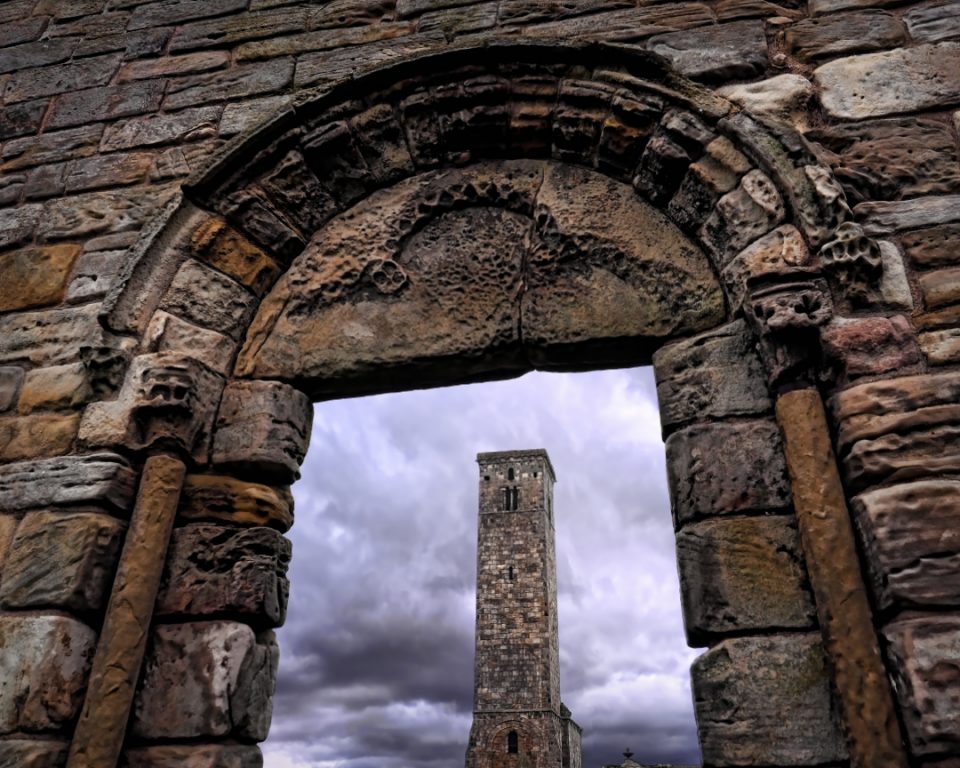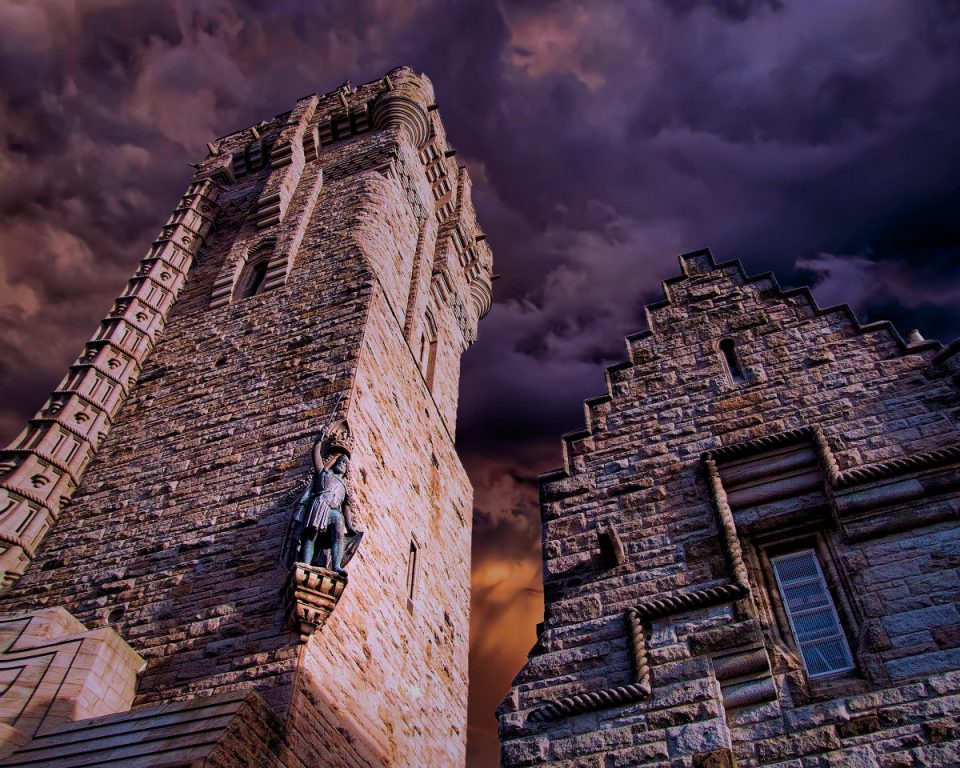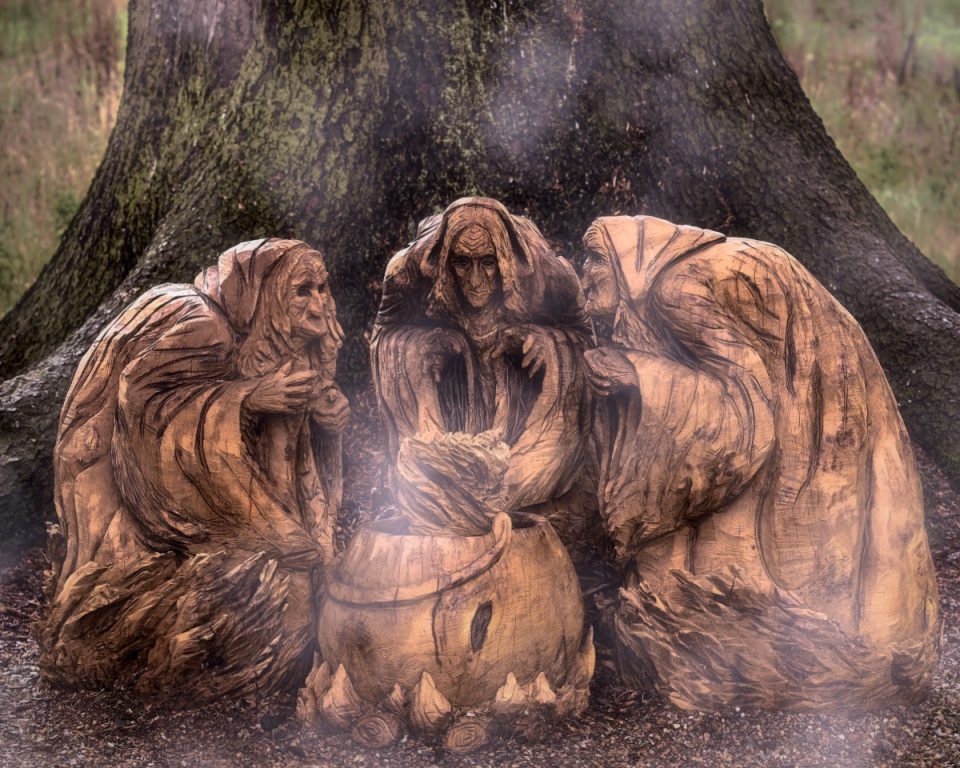As the tide ebbs out at Little Gruinard in Wester Ross, it reveals an expanse of golden sands. Tiny coves become accessible. The Inverianvie River gurgles gently down to the sea and the red deer come down to drink. The air is cut by the sounds of the mewling oyster catchers and if you are lucky you might catch the glimpse of an otter. Heather clad hills form the backdrop, with huge rocky outcrops and waterfalls cascading towards the sea. The forests are home to pine martens and buzzards, and sea eagles rule the skies. Less than a kilometre off the coast lies the tiny island of Gruinard. Who could possibly imagine that access to this island located on this idyllic spot was once forbidden to the public because it was the site of biological warfare trials using anthrax?
“Operation Vegetarian” was conducted during World War II when it was feared that Germany was developing biological weapons. Initially this involved making 5 million anthrax- contaminated ‘cattle cakes.’ British scientists when instructed to find out if it was viable to make explosive weapons containing disease-causing bacteria. Suitable microbes would need to withstand being detonated in a bomb. The remote Gruinard Island was chosen as the experiment site.
Why use Anthrax?
Anthrax is caused by the bacterium, Bacillus anthracis and causes 3 main types of the disease: cutaneous, intestinal and respiratory. Like all bacteria from genus Bacillus, B. anthracis, is a spore- former. This means that under favourable conditions, the bacilli grow in a vegetative state. When conditions become adverse, vegetative cells revert back into dormant, more resilient spores. These spores are very hard to eradicate.
Anthrax’s name is derived from the Greek word for coal, and is thought to refer to the black scar which forms in the skin of patients suffering from the cutaneous form of the disease. Anthrax symptoms may include internal bleeding, septicaemia and meningitis. After infecting a host, the spores are phagocytosed or swallowed by the host’s white blood cells. They are subsequently transported to lymph nodes where the spores germinate and become toxin-producing vegetative cells. The vegetative cells produce a lethal trio of toxins which poison its victims. In addition, one of its virulence factors includes a capsule which protects the bacteria from immune surveillance by the host organism.
During the trials the highly virulent strain, Vollum 14578 was used.
Testing begins on Gruinard Island
In the autumn of 1941, scientists from the Porton Down facility arrived at Gruinard, carrying a canister filled with a brown broth with anthrax bacteria. Sheep and cattle were tethered around the site and the team donned on airtight suits. An explosive charge was placed next to the canister and the team withdrew to the mainland. The charge was denonated when a favourable wind got up. The deadly anthrax spores drifted over the animals and out to sea. Animals began to die within the next day and a few days later all were dead.
Gruinard Island Experiments Enter Phase 2
Another consignment of animals was brought in. A Wellington bomber dropped a small bomb containing more anthrax. The spores survived the explosion and once more all the animals died. It was estimated that one hundred kilograms of the spore broth released over a major city, would kill in excess of 3 million inhabitants.
Gruinard Island Test Backfire
Each day the dead animals were cleared at Gruinard and thrown over a cliff. Finally, the cliff was detonated burying the animals under tons of rubble. Alas, the test caused the catastrophe similar to the ones intended for the Nazis. One of the contaminated sheep carcasses was washed out to sea and floated onto the beach at Mellon Udrigle, where it caused an outbreak of anthrax among the local sheep. About a hundred animals were killed in this incident. The outbreak was contained but despite this, it was only once the war was over that the locals discovered what actually happened on the island.
Operation Dark Harvest
After the war, the contaminated cattle cake was incinerated. Scientists continued to monitor the island. Anthrax spores were found in the top six inches of soil. It soon became apparent that the island would remain contaminated for hundreds, if not thousands, of years. Signs were erected, warning people not to venture onto the island.
All this might have continued were it not for “Operation Dark Harvest”. In 1981, a militant group, claiming to have a team of microbiologists from two universities, demanded that the British government decontaminate Gruinard Island. They claim to have removed 300 pounds of soil from the island would place it at appropriate points to make the public aware of what had happened. That day a sealed package with soil arrived outside the Chemical Defence Establishment at Porton Down, Wiltshire. It was found to contain B. anthracis spores. A few days later another package was delivered to the venue of the annual Conservative Party Conference, at the resort town of Blackpool. This time the soil did not have anthrax spores but was the same soil type as that found on the island.
In 1986 the Ministry of Defence spent half a million pounds employing a contractor to decontaminate the site. Two hundred and eighty tons of formaldehyde was deleted in 2,000 tons of seawater and then spread over the island. Topsoil was removed from the 3 acres which bore the brunt of most of the contamination. Sheep are placed on the island and their health was monitored.
In February 1990, the Ministry of Defence declared that the island was safe once more.
However, I used to work as a microbiologist. Would I go on the island? I have been holidaying in the area for almost 20 years and no- I have never visited the island, nor do I have any intention of ever visiting. I know how difficult it is to kill spores. I simply would not take the chance of contracting this horrific disease. However, there are lots of spooky sites in the area I might visit!




